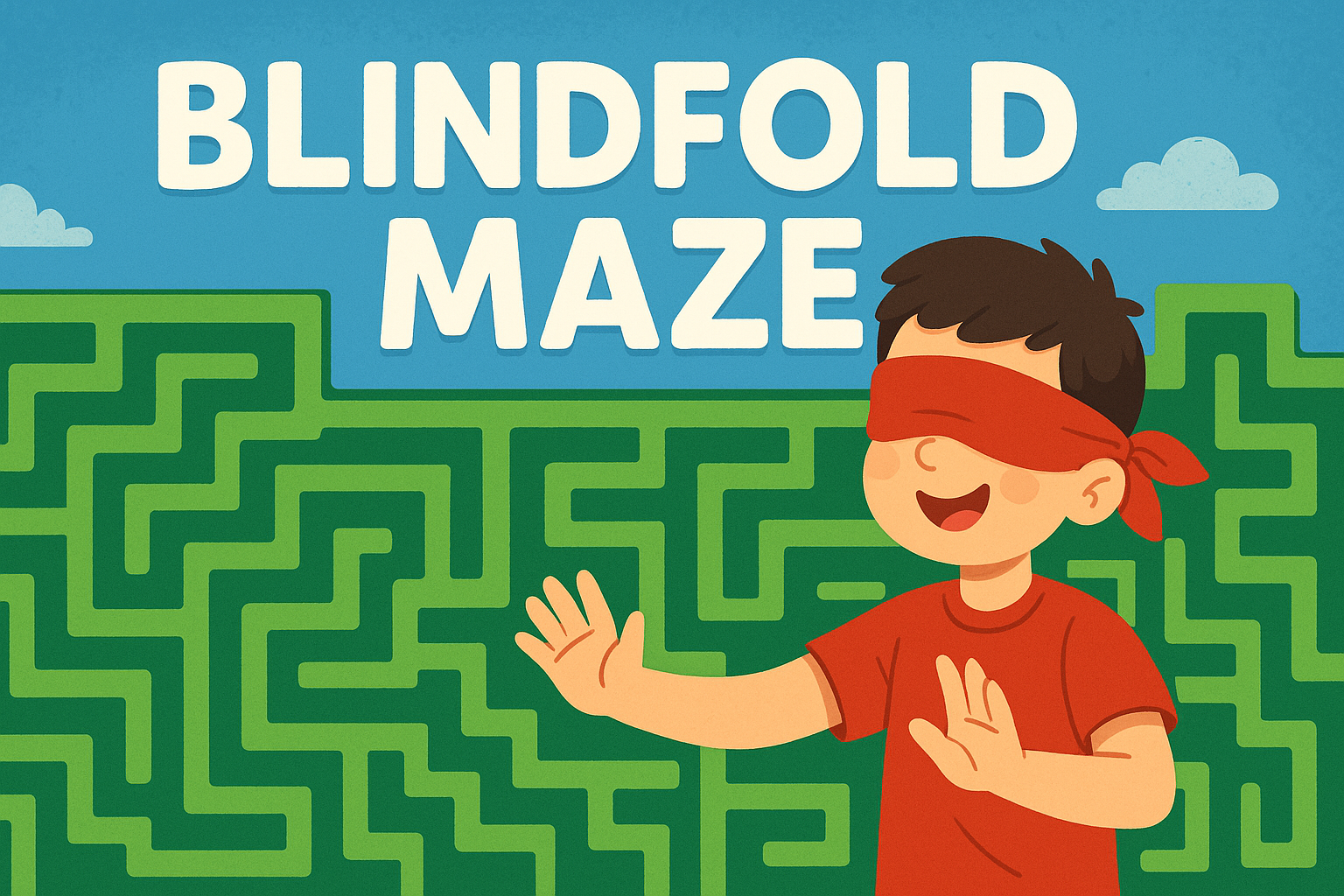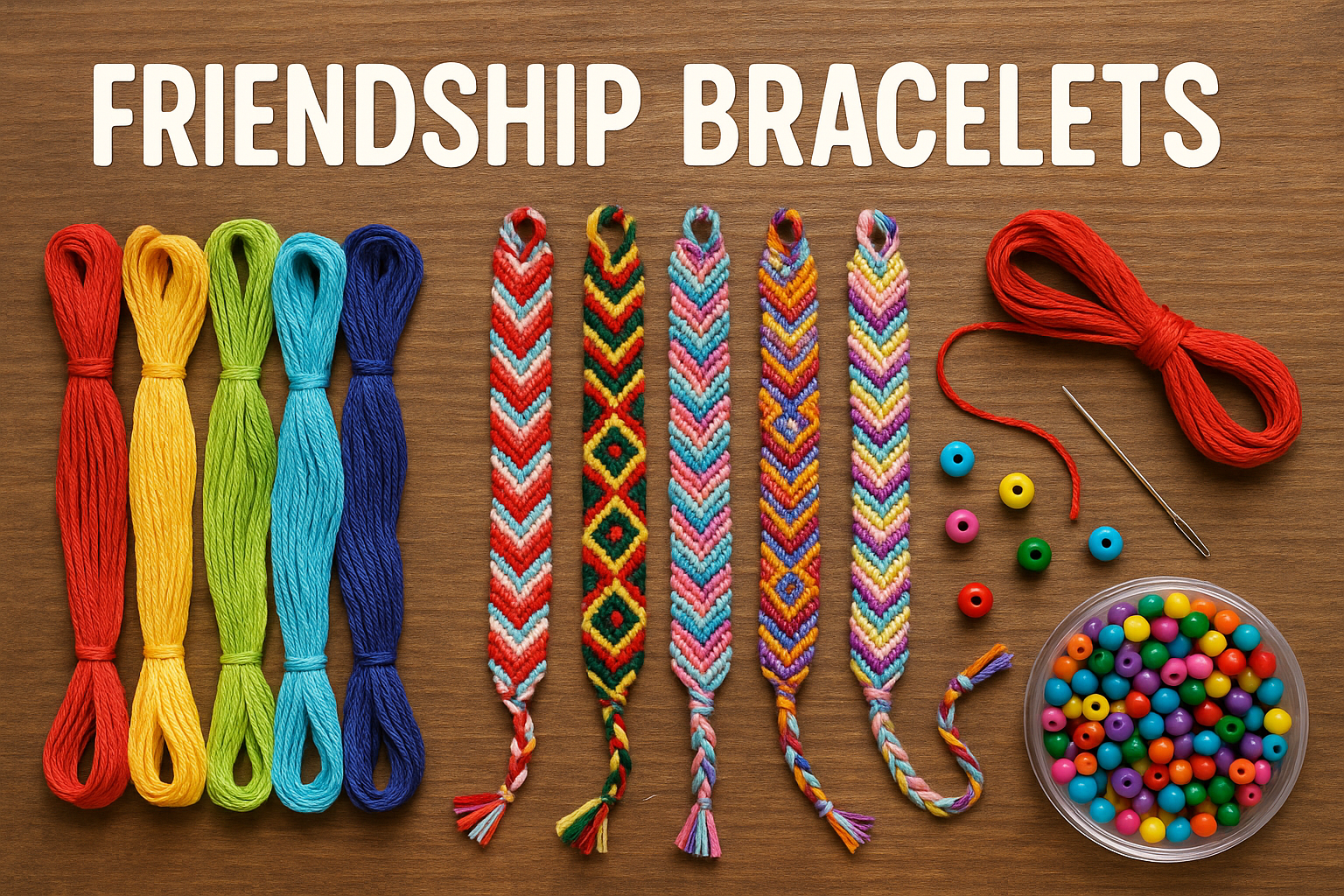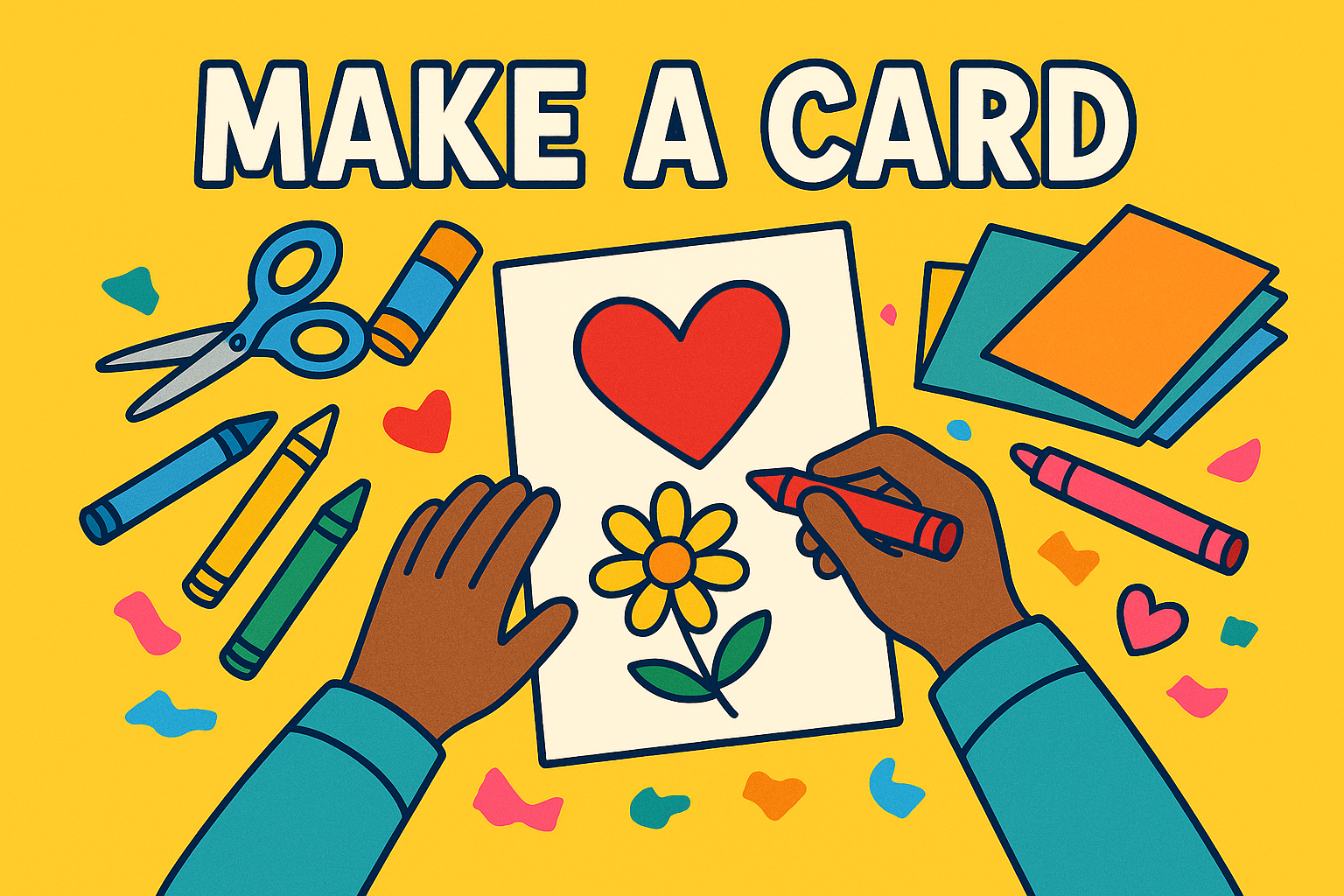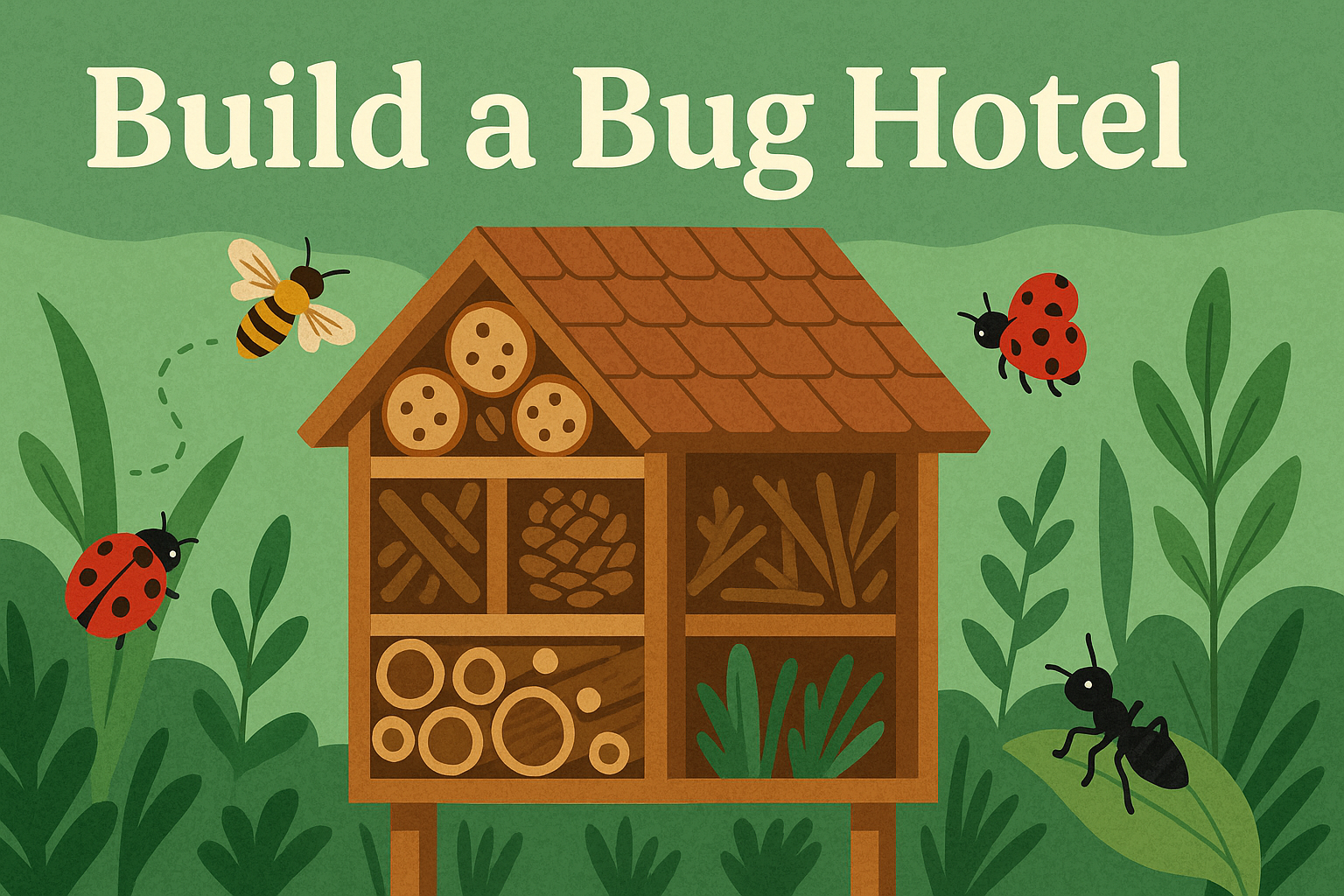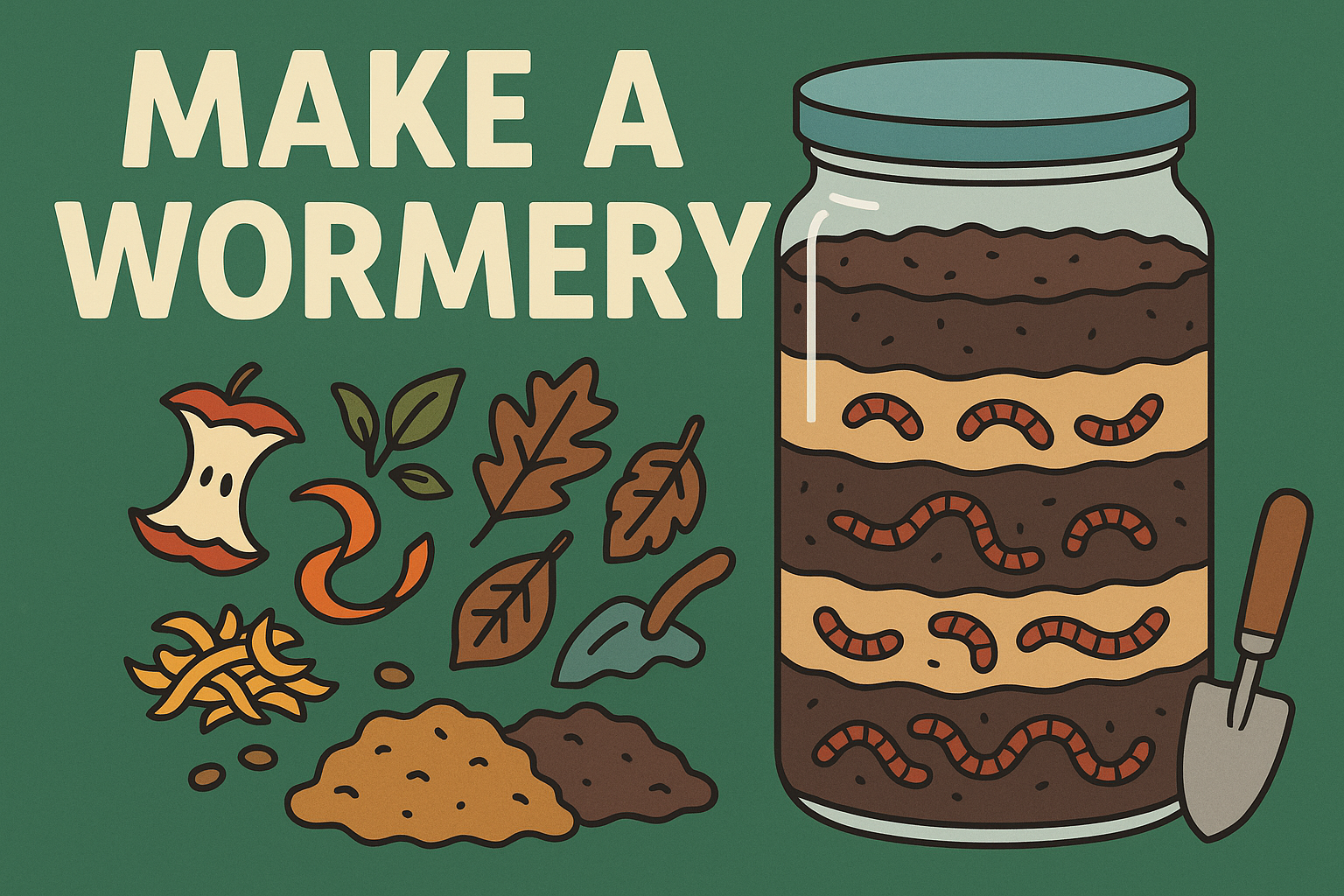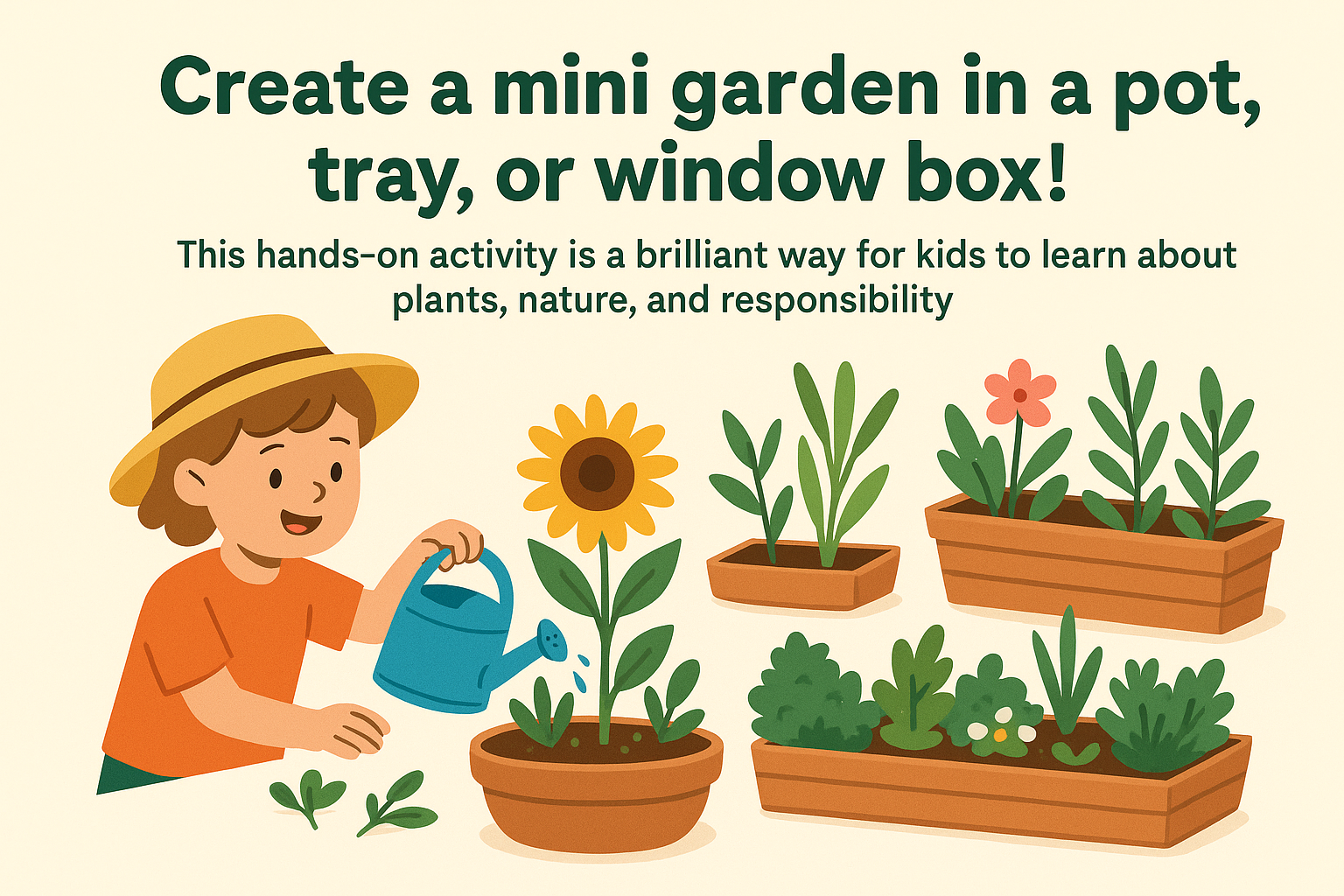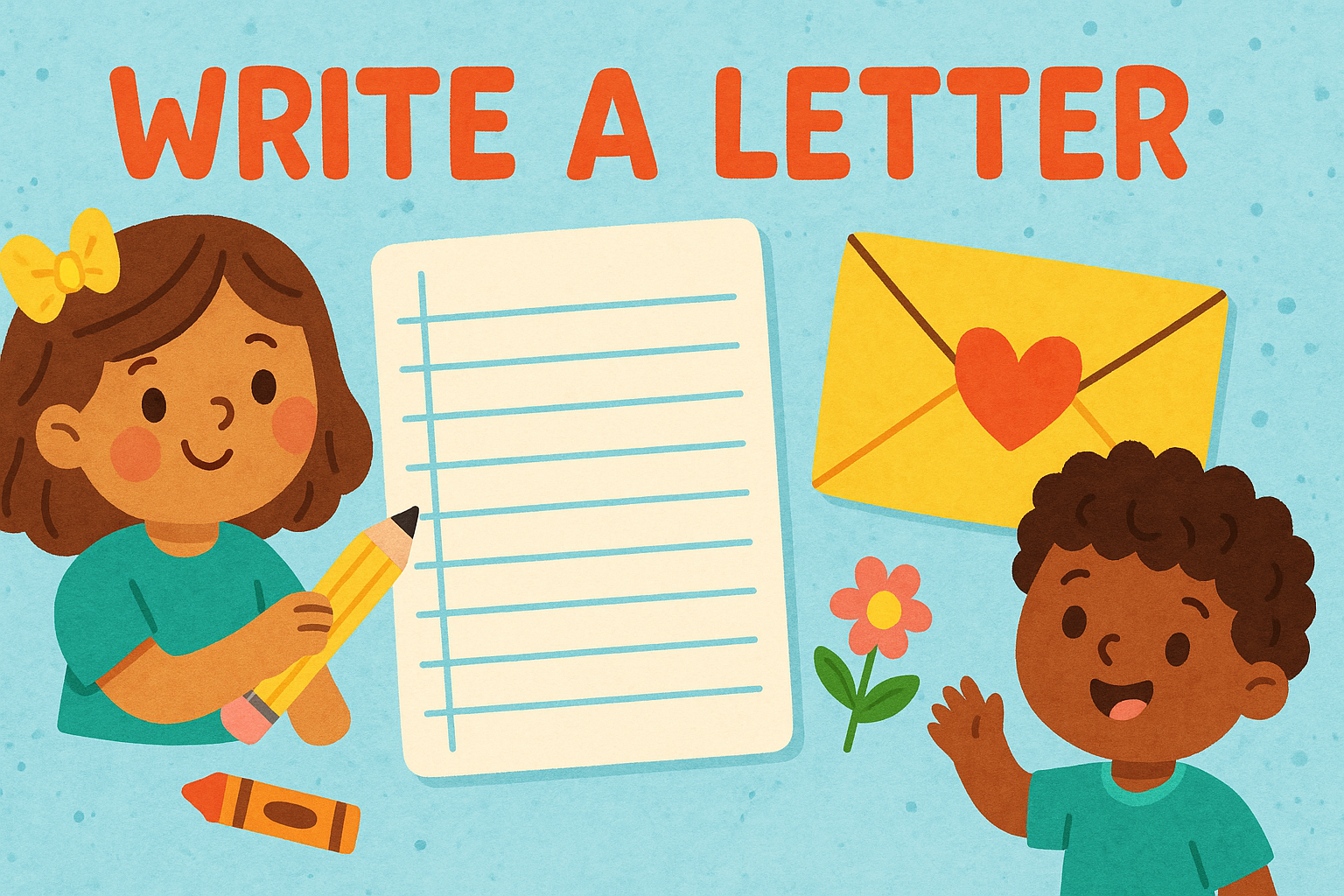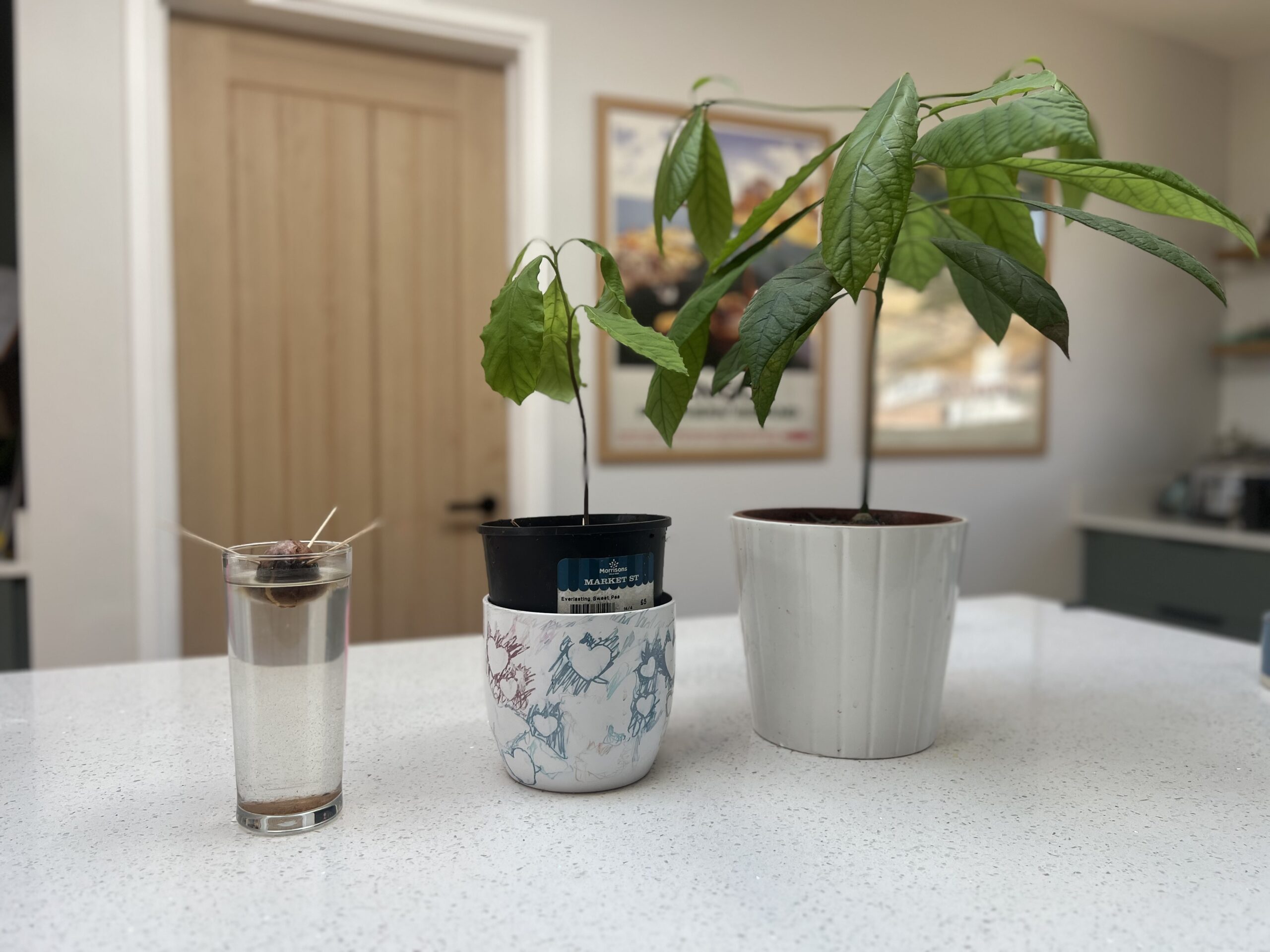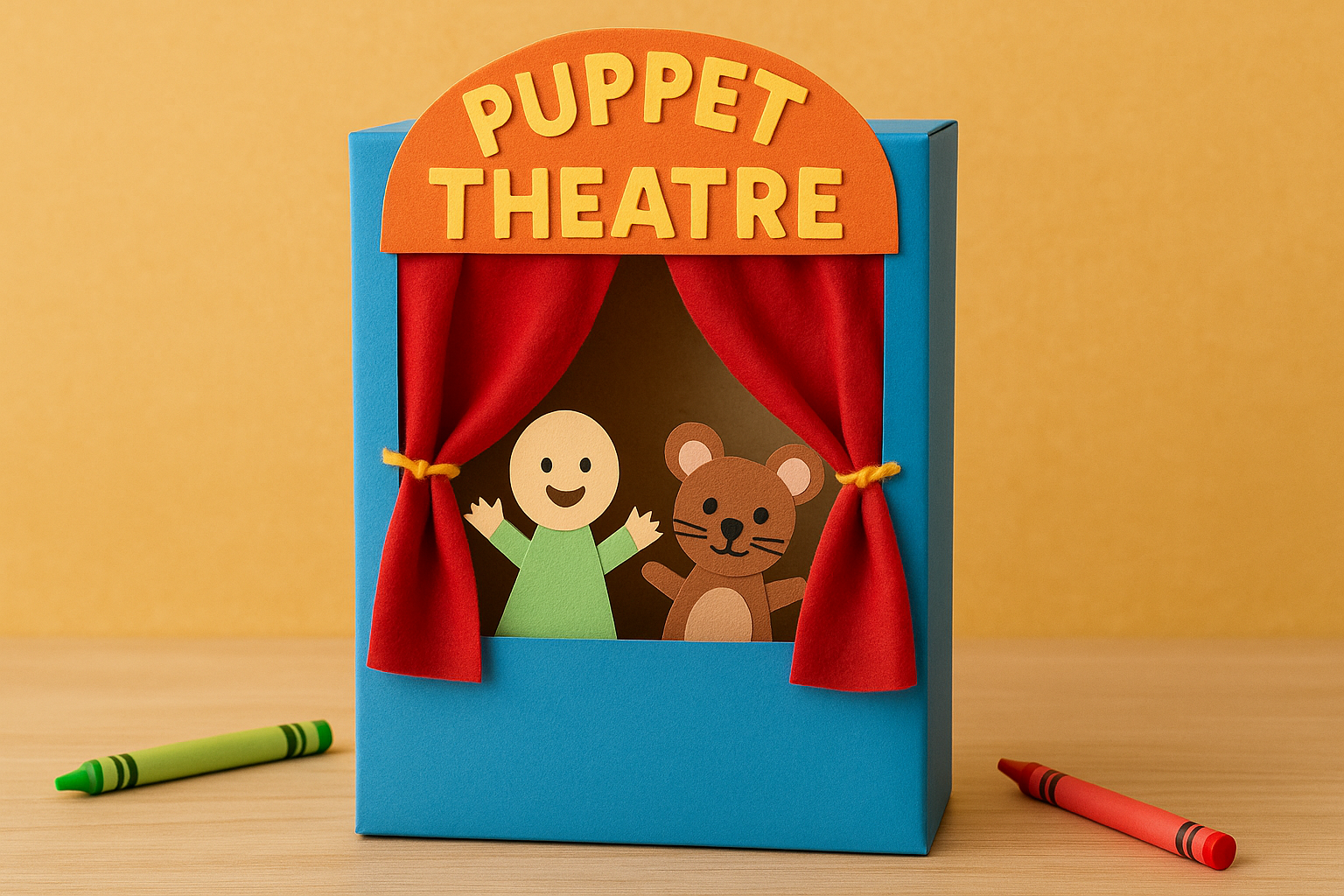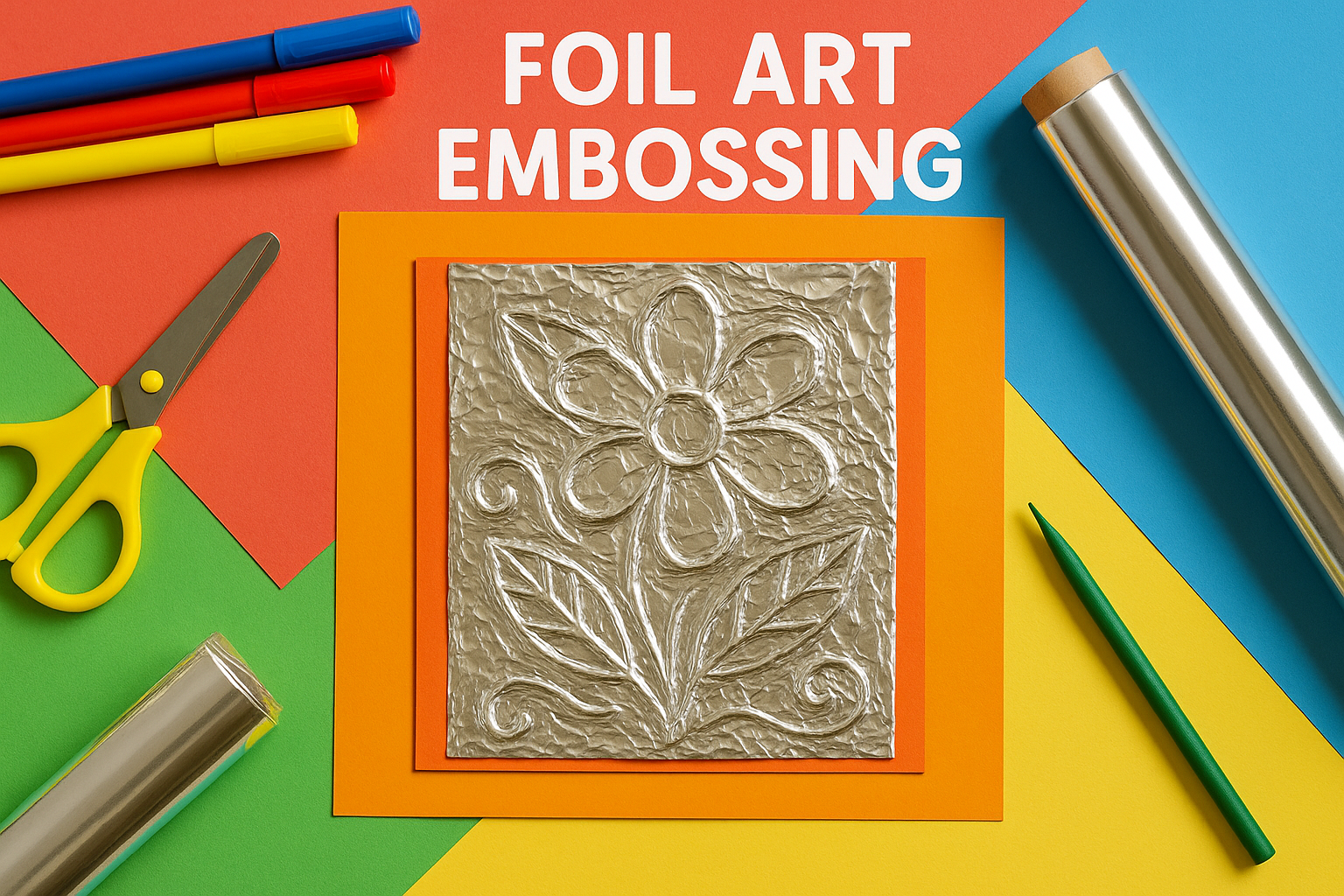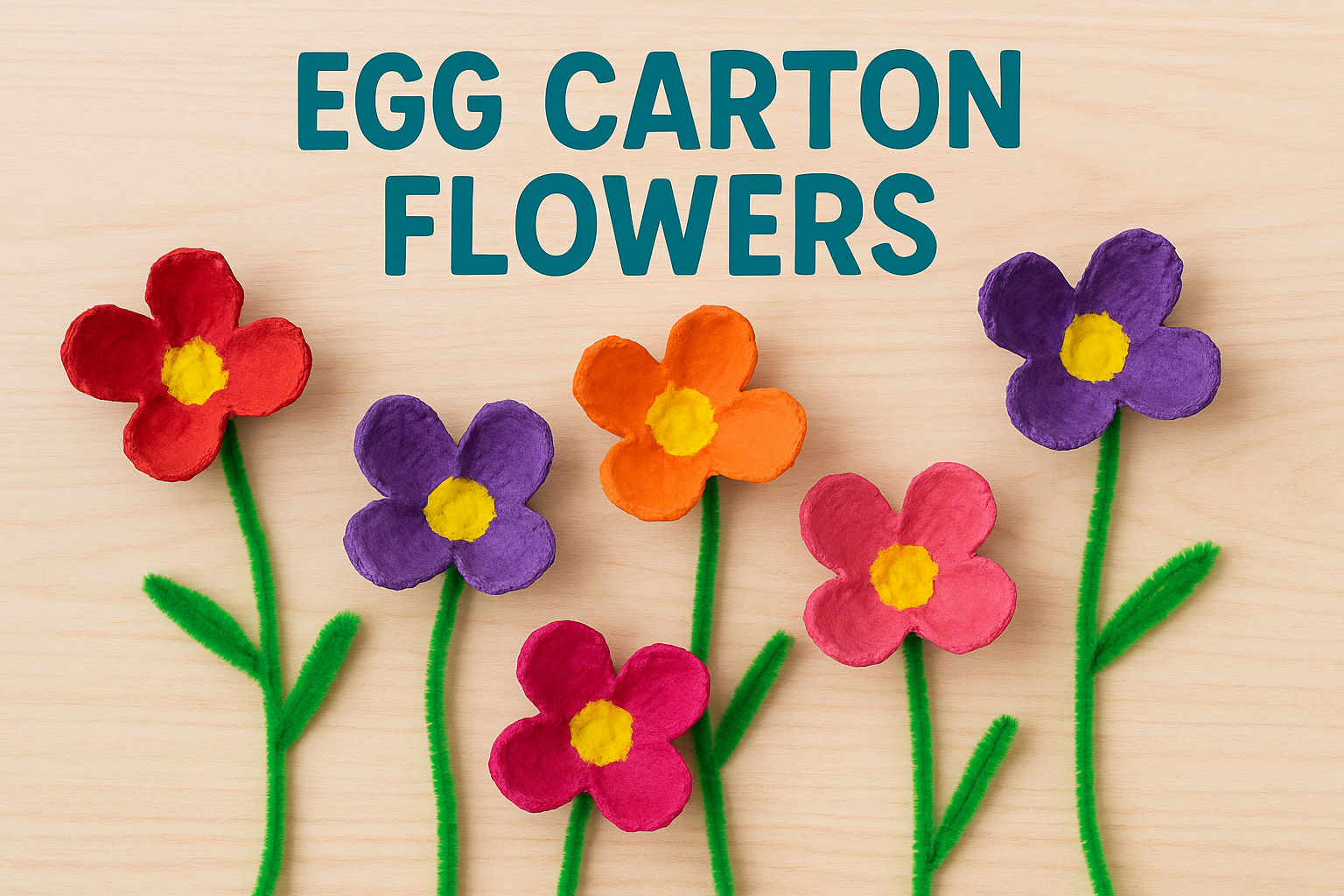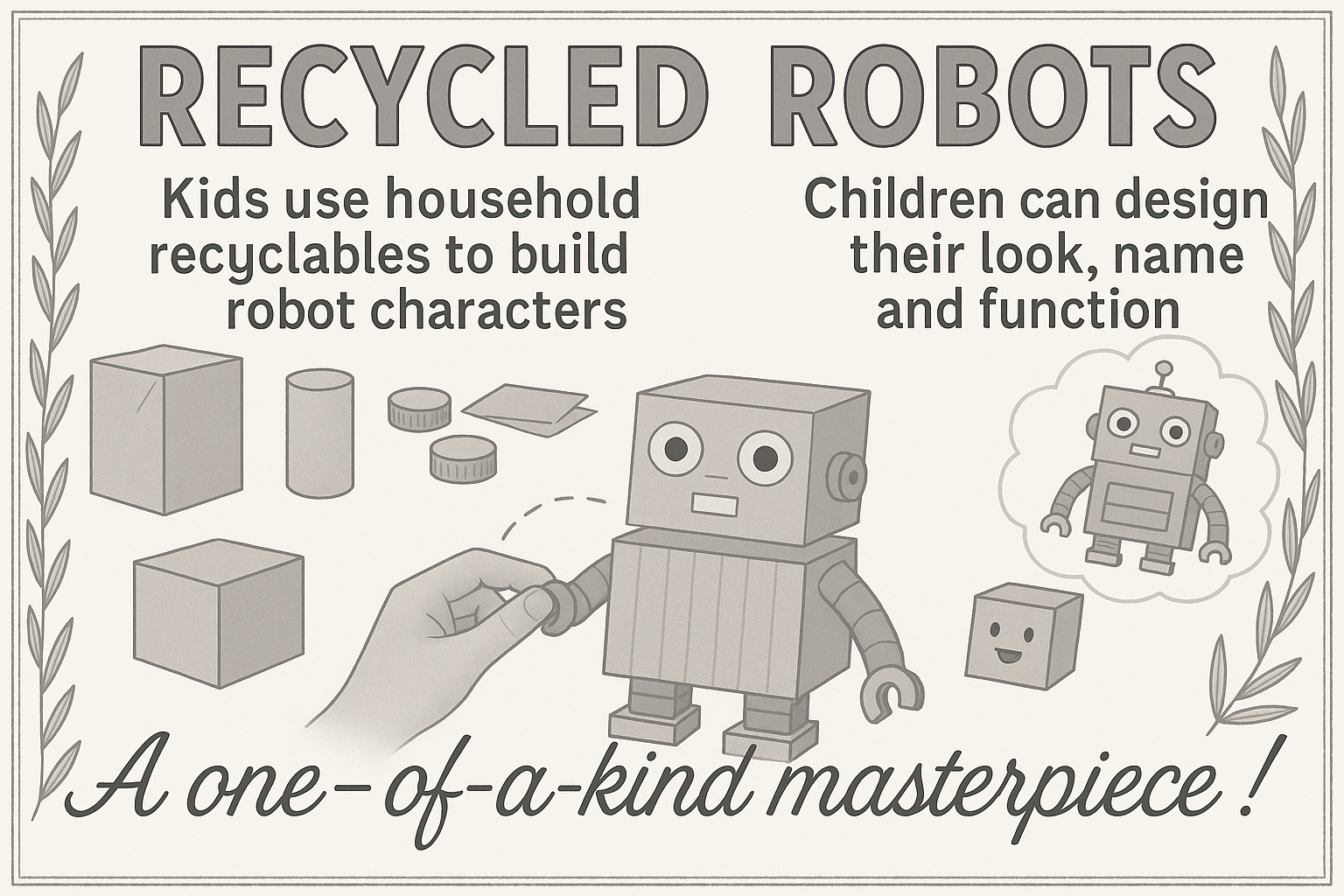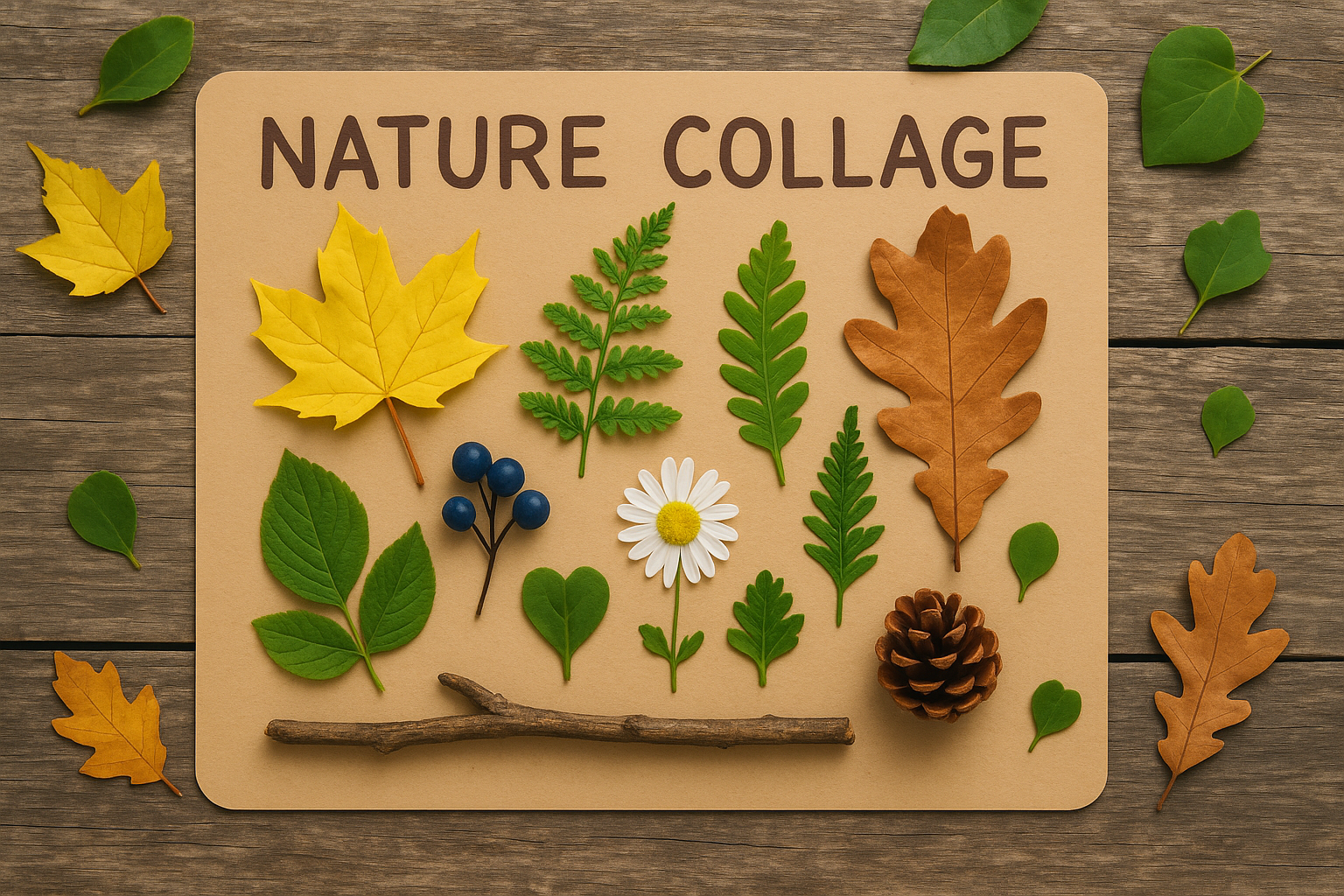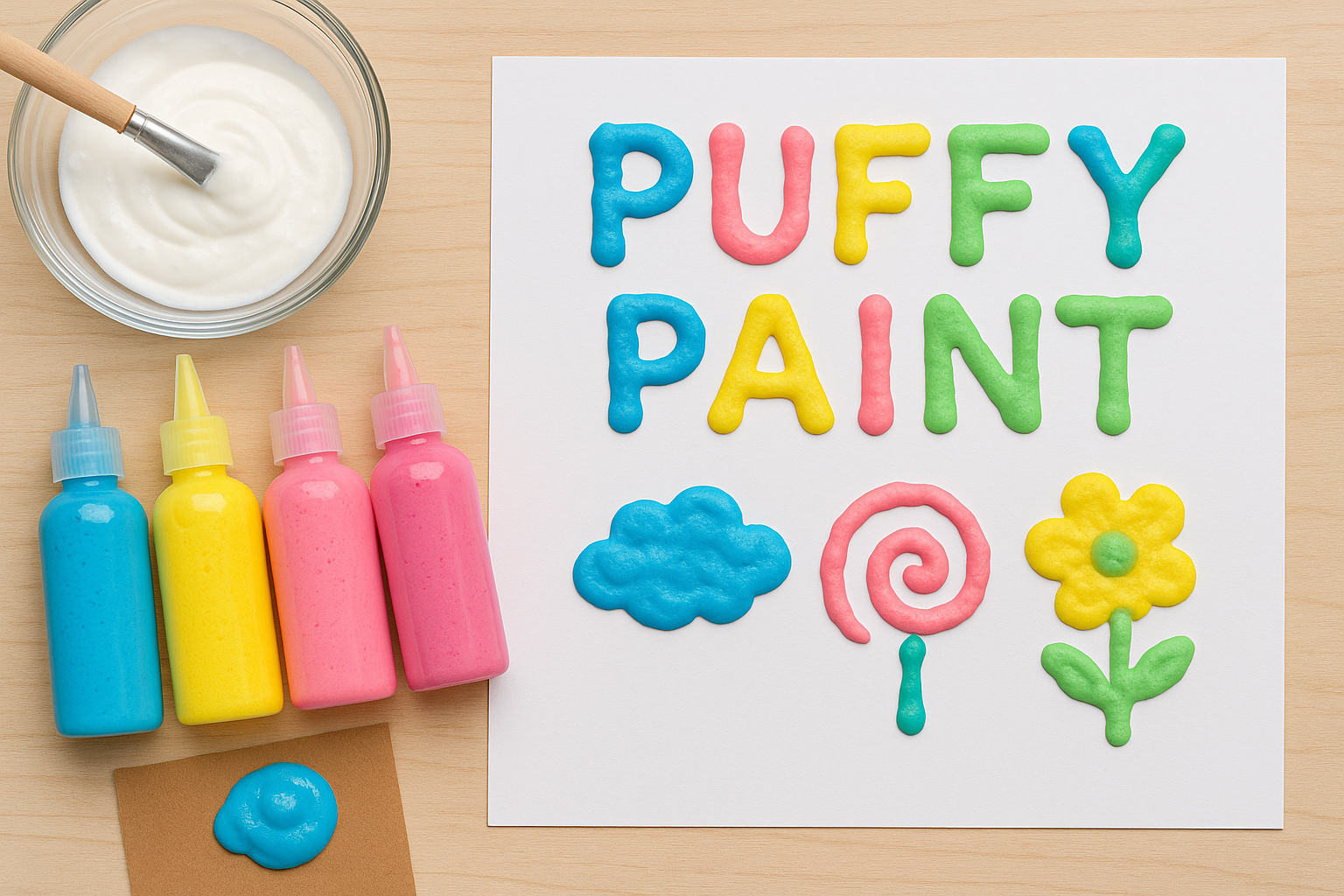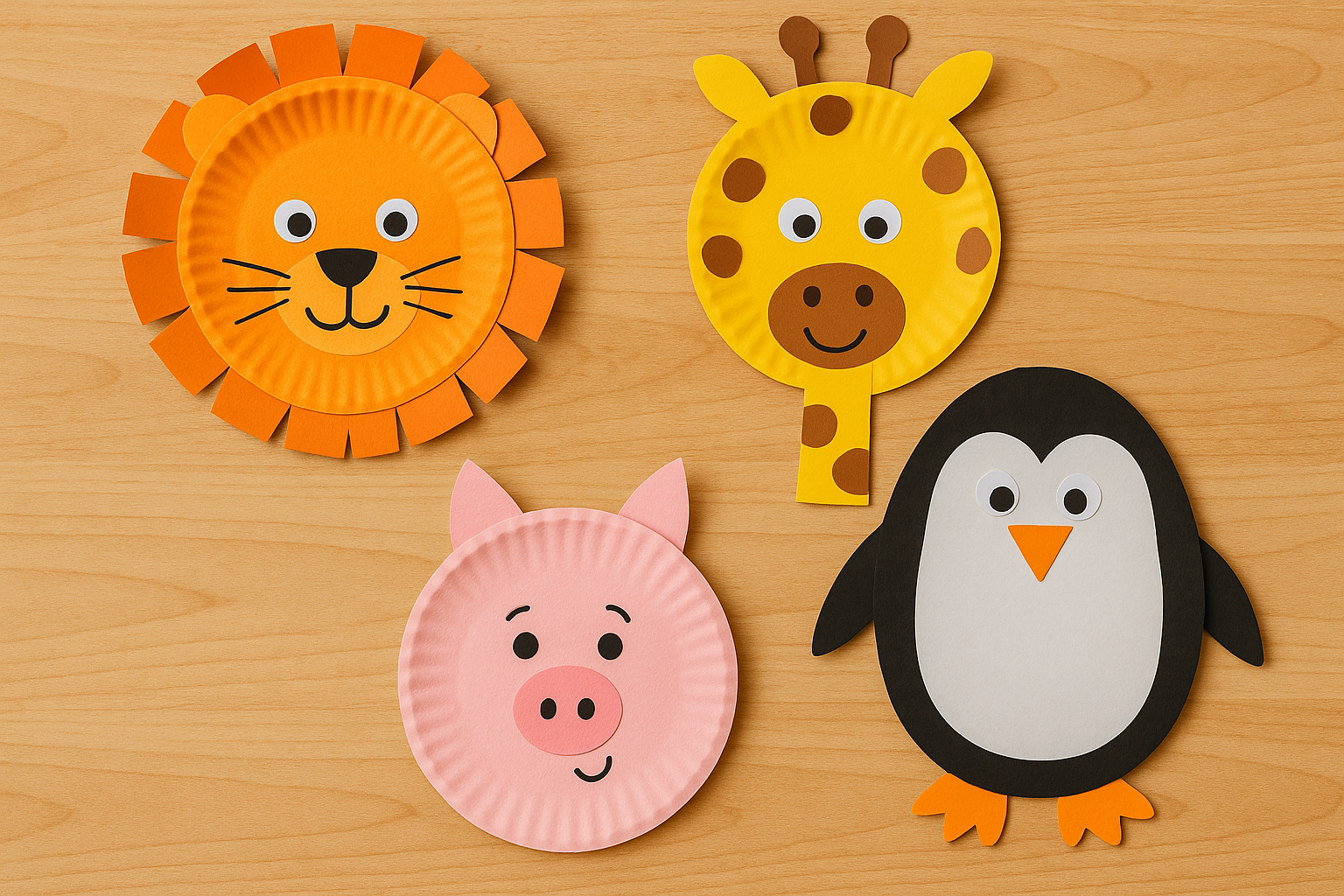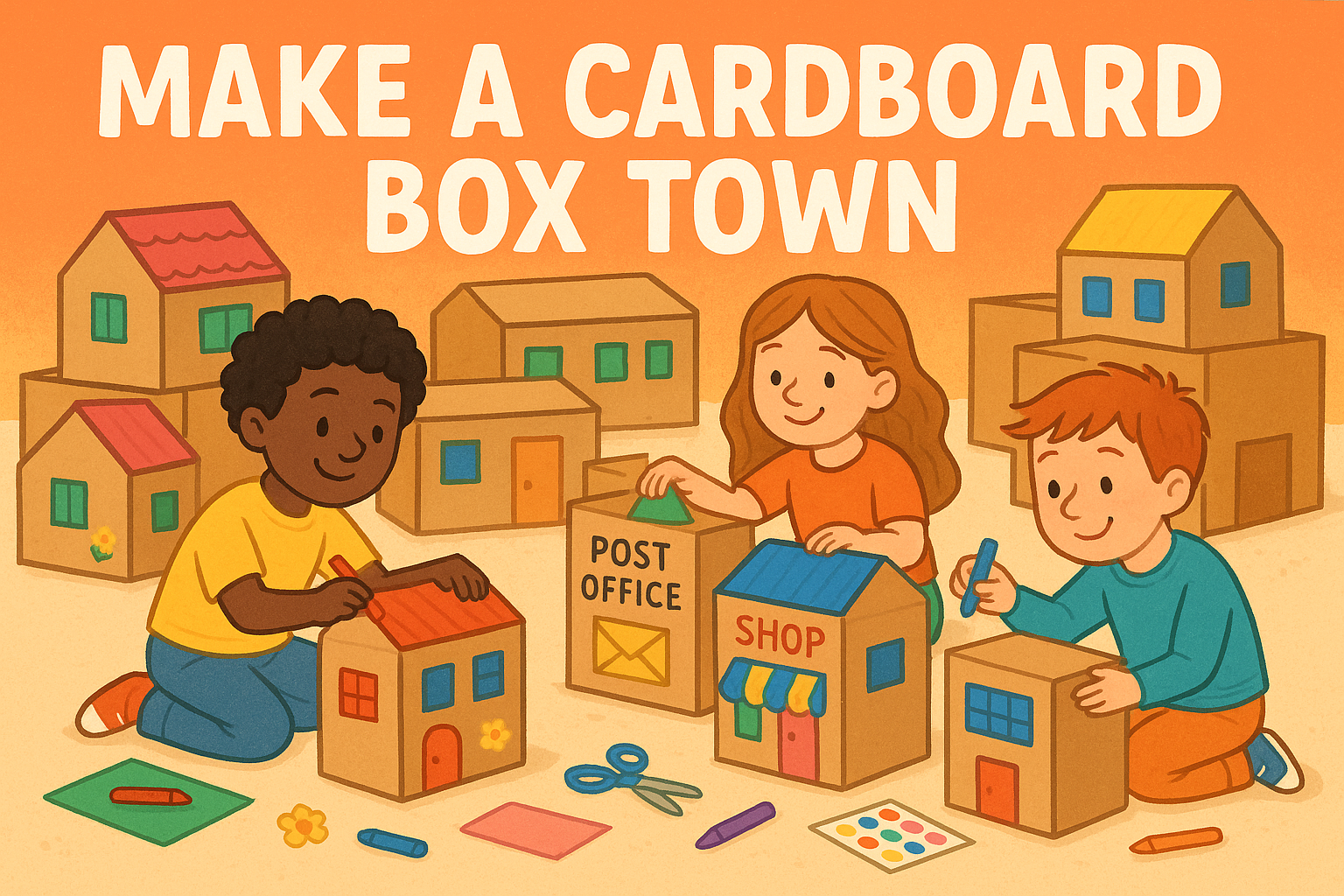The Blindfold Maze is a brilliant teamwork game that encourages listening, trust, and clear communication.
One player is blindfolded, and their partner must guide them safely through a simple maze or obstacle course using only verbal instructions.
This activity works well with siblings, friends, or as a group game, and can be adapted to suit different spaces and skill levels. It’s perfect for a garden, living room, or even a hall—and guaranteed to get plenty of laughs along the way.
Materials Needed
- Blindfold (e.g. scarf or sleep mask)
- Household items to create obstacles (cushions, chairs, toys, cones)
Tools Needed
- None
Steps
- Set Up the Maze
Arrange cushions, boxes, or toys to create a clear but safe path through a room or garden. - Choose Roles
One child wears the blindfold, the other is the guide. Swap after each round. - Give Verbal Directions
The guide gives instructions like “take two steps forward” or “turn left” to help their partner move through the maze. - Reach the Finish
Celebrate success and then switch roles or change the course to try again.
Variations
- Timed Challenge: Use a stopwatch and see who completes the maze fastest.
- Silent Maze: Use claps or sound cues instead of words for an added twist.
- Obstacle Upgrade: Make the maze trickier with tunnels (blankets over chairs) or balancing zones (walking along a taped line).
- Outdoor Edition: Create a large-scale maze in the garden using garden toys, chalk, or cones.

